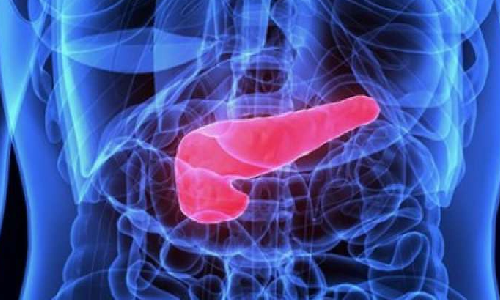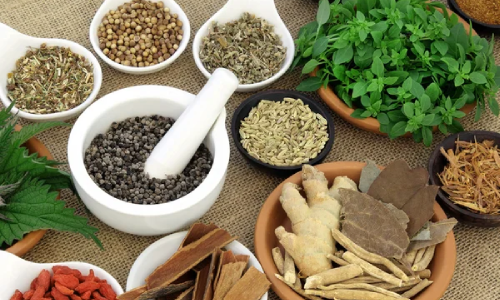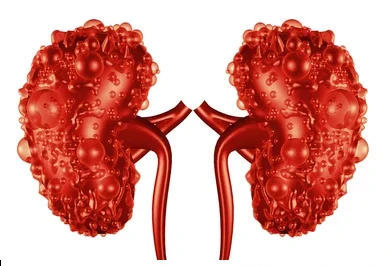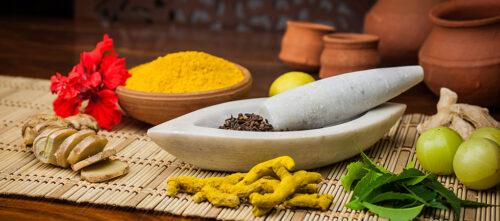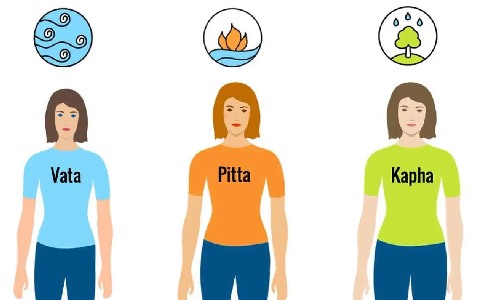What does the word “Ayurveda” remind you of? For most people, especially if you’re not from India, it’s the massages (thanks to our tourism ads!. Massages are definitely a part of Ayurveda. But, beyond that, Ayurveda is a traditional “system of medicine” like Allopathy or any other that helps you heal from diseases. As an Ayurvedic doctor, I can say from my experience that a large part of Ayurveda has been commercialised today to fit the modern society. But the truth is real Ayurveda is still relevant today. It has solutions to almost all health conditions. So, if you’re planning to come to India to experience Ayurveda, make sure that what you experience is real, authentic Ayurveda. And the best way to do that is understanding the basic Ayurvedic practices and principles you may come across and be well prepared. Understanding Ayurveda Ayurveda is a traditional system of medicine that primarily focuses on healing health conditions not by just suppressing the symptoms, but by treating the root cause and helping individuals be in their best of health. That does not mean just physical health. Ayurveda emphasises the balance of mind, body, and soul in supporting health and wellness. Treatment in Ayurveda does not focus just on the symptoms of a health condition. Rather, it focuses on finding the root cause of your condition and healing from the bottom so that the disease does not recur in the long run. Ayurvedic treatments are usually majorly through food and a combination of lifestyle practices and herbal medicines. Also, remember that anything that is Ayurvedic isn’t always safe. You cannot blindly follow an Ayurvedic diet or have Ayurvedic medicines without guidance. Ayurveda believes that each person is different, in terms of their constitution, Dosha dominances and health conditions. So, do not simply go for an Ayurvedic treatment just because your friend or relative tried it and got positive results. It’s always best to consult with a qualified Ayurvedic doctor to figure out a treatment plan that works best for you. Popularity of Ayurveda Among Foreigners People have long started looking for natural ways to heal from health conditions rather than popping one pill after another. As a result, Ayurveda has seen a rise in popularity globally since COVID happened. However, many countries still do not accept Ayurveda as a system of medicine. Hopefully, things would change with the growing popularity of Ayurveda around the world. How to Prepare for Your Trip for Ayurvedic Treatment? Here are some tips to follow before you start your Ayurvedic journey: Research and Plan Research well about Ayurvedic clinics or hospitals and ensure that the services they offer are authentic. Make sure that the doctors are well qualified. It’d be great if they prepare their own medicine at the clinic using traditional methods. A real Ayurvedic doctor will only recommend treatments to you based on factors like your body type (Prakriti), Dosha imbalances and health conditions. Consult an Ayurvedic doctor If the Ayurvedic hospital you opt for offers online consultations, go for it before flying down for treatment. In my online consultations, I talk to my patients to know about their health conditions and requirements in detail. After I have a clear idea of their Prakriti, Dosha imbalances and health conditions, I come up with a treatment plan that works for them. You should consult a skilled Ayurvedic doctor who can advise you on the treatments considering your Prakriti, Dosha and health conditions. Pack Accordingly Choose your outfits carefully, e.g. casual clothes for yoga/meditation sessions. Take note of the climate, for example, monsoon in Kerala can be cold and summers can be hot and humid. So, pack accordingly. Key Ayurvedic Treatments Here are some common Ayurvedic treatments which you can have in India. Sukha Chikitsa If you are a generally healthy person, but would like to further enhance your health, Sukha Chikitsa works the best for you. This treatment strengthens your immunity and boosts your energy levels, preventing you from being prone to diseases very often. Panchakarma If you’re someone who follows content related to Ayurveda, you might have come across this treatment. Panchakarma is an Ayurvedic therapy that helps remove the accumulated toxins or Ama and rejuvenate your body through the following five steps: Vamana Virechana Basti Nasya Rakta Moksha Abhyanga Abhyanga means massage. It’s the Ayurvedic treatment that involves massaging the whole body with, preferably, organic black sesame oil. Abhyanga helps improve blood circulation, reduce stress and improve overall health. You can also do it at home. Shirodhara Shirodhara is one of the best treatments if you have a stressed mind. During this treatment, medicated oil or liquids are poured in a continuous stream on the forehead. Shirodhara is known to pacify the mind, reduce stress and help in sleep. Swedana Swedana is an Ayurvedic steam therapy. In this treatment, sweat is induced in the body through different methods. It is one of the preparation procedures for Panchakarma. Swedana opens up all pores of the body, releases toxins and relaxes muscles. Instead of choosing the treatments you need by yourself, it’s always safe to seek the guidance of an Ayurvedic doctor. Yoga and Meditation Many Ayurvedic centres provide daily yoga and meditation sessions along with treatments. Consult with your Ayurvedic doctor to check whether you need these sessions as you get treated. Yoga and meditation help keep the equilibrium between mind, body and spirit. It promotes flexibility, acts as a great stress buster and makes the mind clearer. Ayurvedic Diet According to Ayurveda, a poor gut health is the main cause of all illnesses. And this is best treated through dietary corrections. Ayurveda sees food as medicine. This is one philosophy I strongly believe in and use in my treatment. 80% of my treatment is mainly through food. Only the rest 20% consists of herbal medicines,… Continue reading Ayurvedic Treatment – Things to Know if you’re travelling to India
Ayurvedic Treatment – Things to Know if you’re travelling to India


